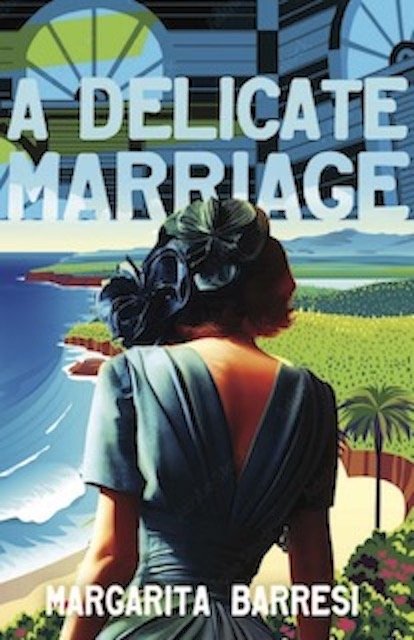Every Day Is Flag Day in Puerto Rico
To say Puerto Ricans love their island’s flag is a gross understatement. Puerto Ricans are obsessed with the Puerto Rican flag. Not content to simply fly it on a pole, we put it on everything, from lunchboxes to Covid-19 masks. I’ve seen Puerto Rican flag bathing suits, cell phone covers, nail art, and haircuts. I’ve seen the flag painted on cars, all over entire homes, on the sides of mountains, and as wings on Jennifer Lopez during the Superbowl halftime show. It’s not unusual to spot a Puerto Rican, young or old, dressed head-to-toe in flag gear. If there’s an item you wear on your body, there’s a version with a Puerto Rican flag on it. And, of course, flag tattoos abound among Boricuas.
Perhaps this fascination traces back to the flag’s origins as a symbol for independence from Spanish, later American, colonial rule. As such, the Puerto Rican flag was banned for the first eighty or so years of its existence. It first saw the light of day at the revolt known as El Grito de Lares in 1868. Its design, closely bound to that of Cuba’s flag, depicts three red stripes for the blood of the brave warriors fighting for independence, two white stripes to symbolize peace after gaining independence, and a single white star representing the island imbedded in a field of light blue for its tropical sea and sky. The blue was later changed to a darker tone to better match the U.S. flag.
When Puerto Rico became a U.S. territory in 1898 the Puerto Rican flag was banned. So of course those favoring independence from the United States during this time adopted the monoestrella (single star) as their symbol. In response, the pro-U.S. factions which controlled the insular government enacted The Gag Law of 1948, making it a felony to own or display the Puerto Rican flag, assemble meetings in favor of independence, publish pro-independence material, or even sing patriotic tunes. The penalty for breaking this law was a steep up to ten years in jail and/or a $10,000 fine.
In place for almost ten years, The Gag Law was deemed unconstitutional and finally repealed in 1957. Making up for lost time, Puerto Ricans began to enthusiastically display their flag and have never looked back.

